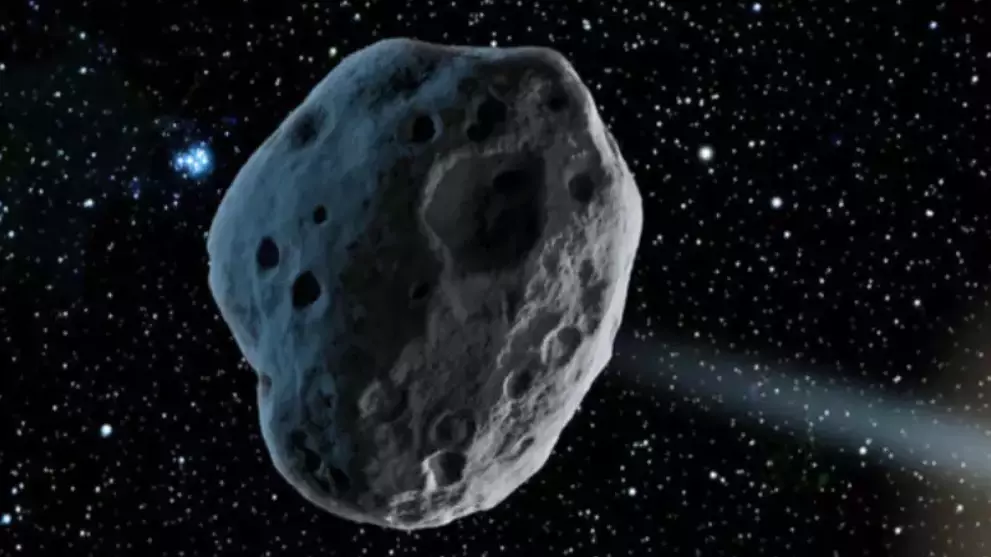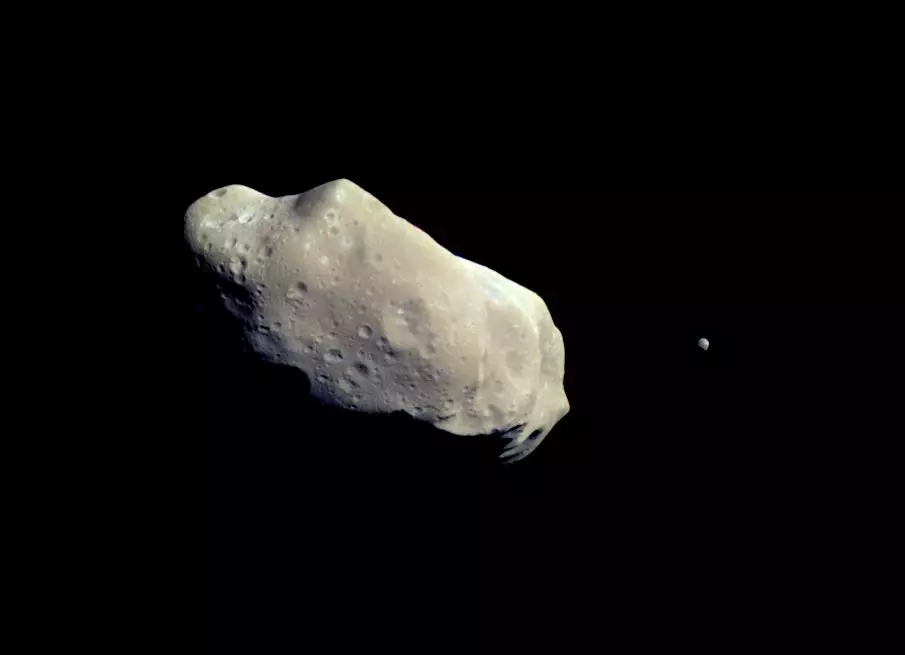
NASA has been tracking more than 1,400 asteroids over 2020, including one that is big enough to end civilisation.
The space agency's Centre for Near Earth Object looks into rocks that could bring them within 1.3 astronomical units of the sun - or 45 million kilometres of the Earth, which is close in space terms.
In April 2020, the biggest spotted - Asteroid 52768 - was classed as a potentially hazardous asteroid (PHA). It measured between 1.8km and 4.1km in diameter, it could even be as much as five times as big as the Burj Khalifa - the world's tallest building.
Advert
Even though this particular asteroid isn't going to bring about the end of days any time soon, that's not something that NASA has ruled out in the future.

Obviously, it would be pretty short sighted given the vastness of the universe and the sheer amount of stuff floating about out there.
NASA discovers around 30 new Near Earth Objects (NEOs) each week and has cast its eye over more than 19,000 objects since the start of 2019.
Advert
But, no matter how hard they try, they can't possibly spot all of them, meaning that an unexpected impact can't be ruled out.
The whole event was streamed live online by the scientists over at the Virtual Telescope Project in Rome, and they showed the moment the giant celestial stone piled past our planet in August.
Gian Masi, who was the host of the live-stream, said: "We know where the asteroid is because we know its orbit. And this same orbit makes it possible for us to say 'it will not hit us'."
Whilst the telescope footage isn't exactly the highest quality footage, you can clearly make out the asteroid heading through a starry sky.
Another asteroid made a 'near-Earth approach' on 8 September. The 37-metre-long NEO (near-Earth object), known as 2020 PT4, moved past the Earth and the Moon at a distance of just over one million miles away - which in the context of space definitely counts as 'near'.
Advert
The space rock, which is about the length of two lorries, hurtled along at a speed of around 28,090 miles per hour (12.56 kilometres per second).
However, NASA has assured us that if 2020 PT4 did ever collide with the Earth, its relatively small size (in space terms) means it would probably disintegrate in the atmosphere, causing minimal damage to our planet.
In August, a car-sized asteroid flew record-breakingly close to us, with NASA admitting it had no idea it was coming.
The asteroid, called 2020 QG, flew within about 2,950km (1,830 miles) of Earth - extremely close in asteroid terms.
Advert
In fact, according to asteroid trackers and a catalogue compiled by Sormano Astronomical Observatory in Italy, it's the closest ever recorded.
Featured Image Credit: Wikimedia Commons